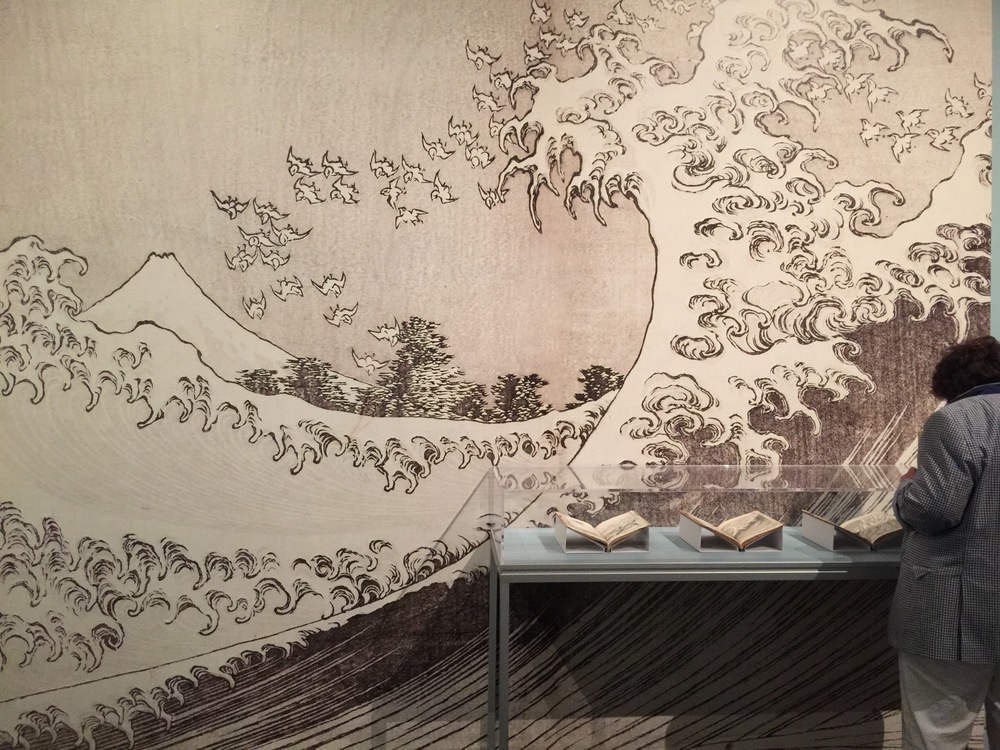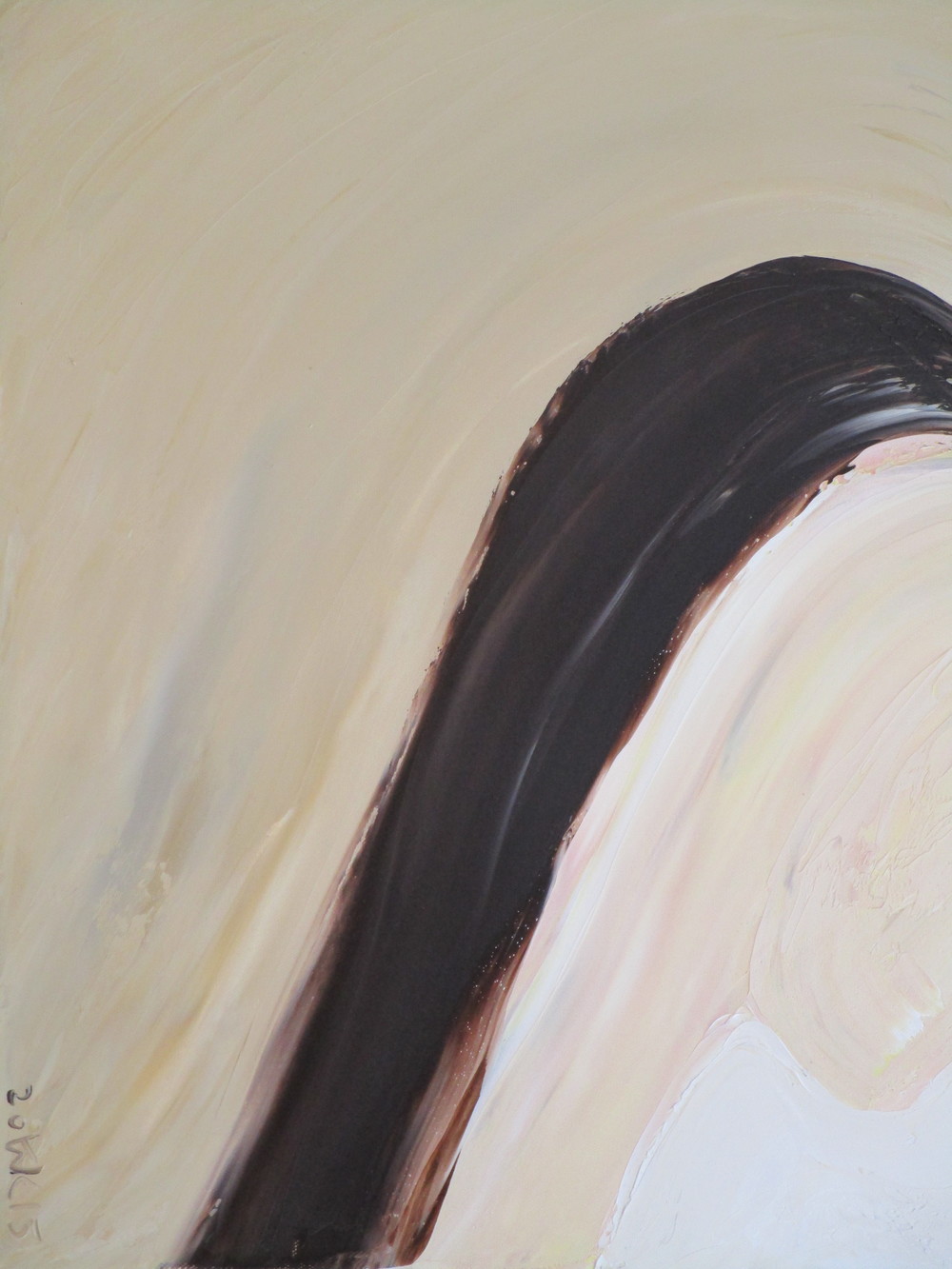Imagined Critic: WHO IS THIS PERSON TO BE WRITING ABOUT RUNNING A BUSINESS WHEN SHE’S POOR AND HAS A PH.D. IN THINKING BUT WHAT HAS SHE DOOOOOONE?
Consider this an early draft of a commencement speech I want to give at an arts and entrepreneurship magnet school in ten years—when I’ve gone from Harvard to homeless (“housing insecure”) to running a multi-million dollar arts empire. Or at least being debt-free while vagabonding from job to job like a jobbing artist.
1. Pick a model—horizontal or vertical.
Then make your model horizontal if you thought it was vertical.
Do you want a broad customer base or a narrow one? Are you targeting social networks with lots of people or just a few? I think of businesses that try to offer low-cost (a.k.a. properly priced) goods and services to as many people as possible as horizontal, and fancier stuff targeting elite markets as vertical. (Horizontal and vertical are also terms of art in political economy and business that means something else that’s not important right now.)
Hokusai was the horizontal model master of the hermit kingdom.

He made cheap prints, illustrated poetry books, snack bags, lanterns—you name it, he painted it, and sold it as such a low price that everyone could afford it. While turning a profit. But he didn’t really get the hang of it until he was about 70.
Starbuck’s also works on the horizontal model.

And they do what all wildly successful businesses do—the founder saw something cool he thought people really needed or wanted, and offered that. Instead of first asking what he had to give, or what he wanted, and working the problem of business from that side of the equation.
You have to work both sides. This is what most businesspeople get that most artists miss.
The two groups are not so opposed as all that, though. The more I travel and talk with businesspeople, the more I realize all businesses are art businesses. In the sense that everyone who is doing a good job offering properly priced products or services is doing a form of art, and most small business people are doing something that is their art—is one of the things they have to offer the world with passion, devoutness in a sense, and the service orientation that characterizes all social purposes.
We’re living in an age when there’s really no excuse for not working on the horizontal model. If you’re a portrait artist and you spend a month on an oil painting of a client, yours is probably a vertical model. But you can probably make it horizontal too with a few tweaks. E.g., work on getting clients who are famous enough that when you paint them, you can use and sell the likeness commercially to broader markets.
2. Engage your audience about your work in the context of that model.
One of the most common novice business mistakes is investing in your business idea before validating the model—being sure people actually want to pay for the product or service you’re providing. Validating is about dialogue. Dialogue is scary because ideas are perfect in your head and early criticism can hurt the creative process. And because you often don’t know what you’re doing in that process until you do it, in my experience. But you have to show up to the dialogue anyway.
J.K. Rowling (Harry Potter) and E.L. James (Fifty Shades of Gray) built online fan bases before publishing and hitting it big with their books.

There’s a lot of talk about social networks and personal branding in contemporary business discourse, but you can engage in this dialogue anonymously if you prefer, too. Banksy is a great example of that. Anonymous is another. Anything you don’t want out there, including your identity itself, doesn’t have to be part of the exchange of information in the dialogue. The anonymity can actually become part of the branding—as long as you own it.
3. Gun it off the cliff before you’re ready.
Jewel was homeless for a year after her boss fired her for not sleeping with him. Hedy Lamarr let a guy on a boat rename her before getting back to acting in America after fleeing her creepy husband and Nazi Germany. And Edna St. Vincent Millay—probably the highest-paid performing poet in history—grew up drifting from town to town reading great literature out of a trunk, and lived for a time in the smallest house in NYC with her starving actress sister before making it big.
People will always need story-tellers, because stories give us hope and strength.
But story-telling is not a profession that lends itself particularly well to linear planning.
Waiting until you have a plan will not make you a plan.
Waiting until you are good enough will not get you good enough.
Signaling to the universe that you know what you want, that you work continuously to hone your desires into specific goals with money and time values, and that you are open to flashes of insight and network magic to make and implement plans to achieve those goals until you succeed—that’s what correlates with success in every realm.
There are a lot of people who don’t want to believe this because it means maybe they’re choosing to forego their dreams by not being that specific and risking everything for them.
But the research literature is pretty clear that the “if you dream it, you can do it” principle holds water for horrible things. For example, if you want to kill yourself and think of specific means, and rehearse doing it, and attempt suicide—those are good predictors of suicide.
If you want to succeed and think of specific means, and rehearse doing it, and try and try again—those are similarly good predictors of success.
Cynicism asks us to believe in our power to fail and not succeed, but that’s inconsistent logic. There’s not a formula for succeeding on the first try, but there is a formula for success. And it’s going for it until you get it.
Even when part of going for it is showing up to play without a plan.
My Aim
It was very hard for me to make a specific aim, to define what it would mean to me to succeed as an artist—taking seriously the idea that if I can hone my desires into well-formulated goals, then I can plan, try, fail, adapt, try again… And succeed. Reading Napoleon Hill helped me work through this, although I am still internalizing the idea that I must try and try harder, and believe in myself, to succeed. It is terrifying. I have to let go of the fear. Sometimes, I have. And sometimes, I worry that I don’t know where I’ll be sleeping in a week. Like that’s a problem.
I still have to get to the point where I know my own desires and goals well enough to review them morning and night, orally and in writing, in the form of an autosuggestion. Autosuggestion is about tuning yourself in to the positive selective attention field within and without, being most alert and aware to information that will help you succeed—the signal among the noise. It’s hard. It’s a Kuhnian shift in being. But we’re all always tuning into a particular signal or set of signals all the time. It’s the only way we can make sense of the mass of sensory and other information around us at all times. So we might as well be deliberate in the tuning.
I want to make the world feel safe to flourish through art, making $2 million in a year by offering my best service in the following four ways:
1. Being an increasingly competent stand-up comic and poet-singer, performing.
2. Running MemesBitches.com, a humor and news website decentralizing the response to global security threats like ISIS.
3. Publishing books and ebooks starting with my illustrated poetry book Push Coast and the illustrated allegory series Where the Wilde Thinks Are (including the draft of Patton’s Chair I blogged last week).
4. Selling paintings and essays I make while traveling the world.
All the processes go together. That’s how creativity works.
This is my work. Telling the truth and celebrating beauty while giving people hope.
And I could spend all weekend researching small next steps—where to sleep after next Wednesday, how to make money while traveling, where the 3-5 open mics a week I need to be doing are in these parts, how to better apply these hard-learned business lessons to my own art business.
But I want to work on the coming-together vision of the website that I think has the power to give other people a place to channel their own creativity to make the world feel safe to flourish through art. There’s nothing more important in life. Other than occasionally remembering to eat. And trusting that the worst thing that can happen when we really go for our dreams simply can’t be as bad as the best thing that can happen when we don’t.